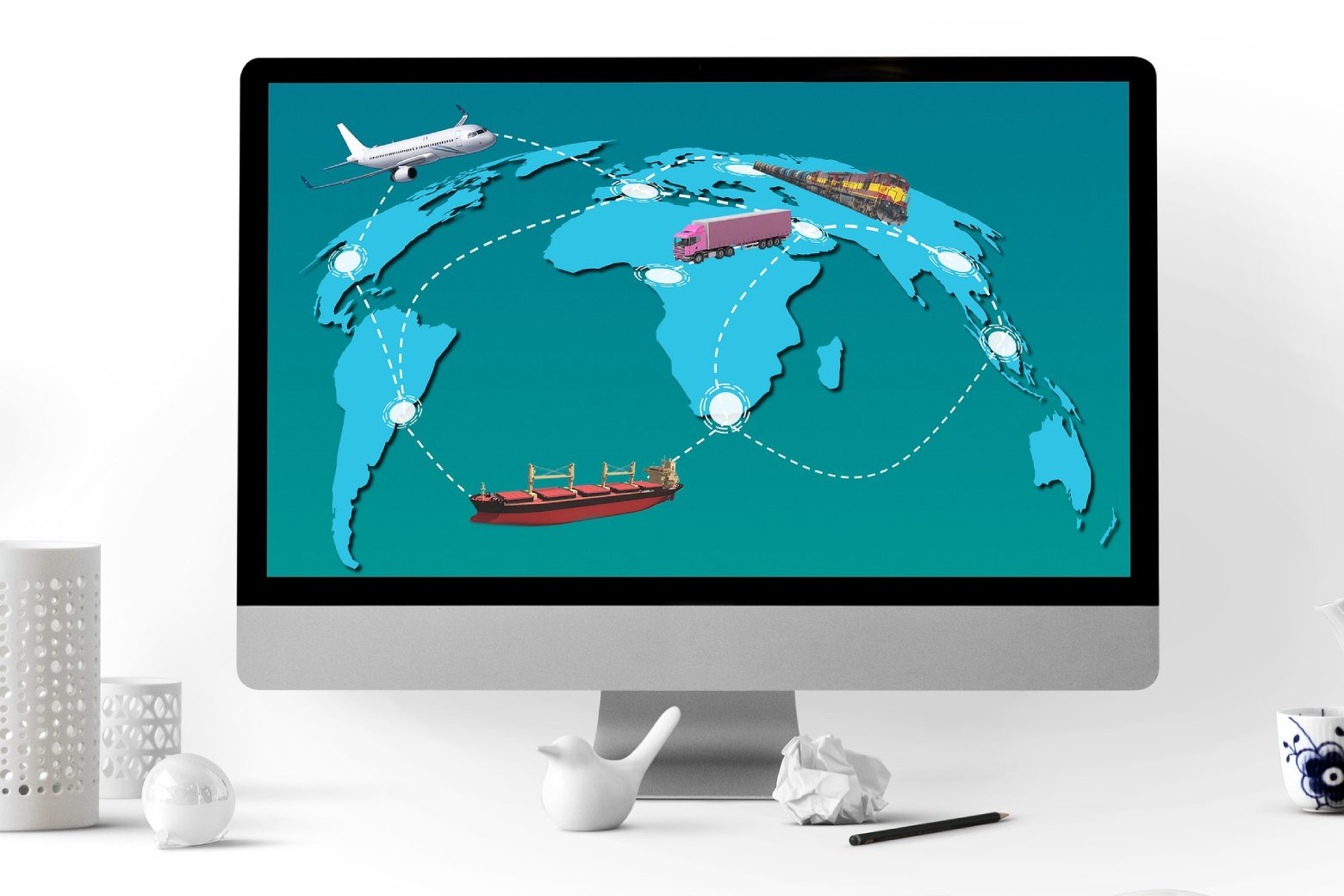Supply chains (from raw materials to processing, storage, and the end customer) have always been risks. Still, the corona pandemic and the Ukraine war made most companies even more aware of how vulnerable supply chains that have been functioning up to now are. Prices are rising; products can no longer be delivered, manufactured, or completed, and, as a result, services can no longer be provided. There are usually more and more factors attached to a product. Sales are falling, but inflation is rising. So many of you are wondering, what can we do?
A strategic reassessment of the supply chains must take place. Furthermore, a company should carry out risk and materiality analyses adapted to the current situation. One could already speak of Business Continuity Management (BCM ) here.
Supplier Qualification
Nothing gives 100% security, but to maintain a certain level of protection concerning the supply chain, the subject of supplier qualification is unavoidable.
Sustainability is always a big topic, but it plays a role in supply chains and ensuring deliveries. Combining new and old suppliers, worldwide distribution, and corresponding backups are also part of this.
To bring new suppliers on board, a risk analysis (considering the current geopolitical situation) should be carried out in advance. Furthermore, considering the CSR (Corporate Social Responsibility) aspects, a materiality analysis should be carried out.
The Materiality Analysis And CSR Criteria
Before a materiality analysis, it makes sense to define internal conflicting goals. A materiality analysis is a tool for research in the strategic area of a company. The materiality analysis is intended to record the effects of CSR issues on the company and how the company affects the environment. The significant issue here is sustainability.
The criteria for selecting a supplier according to the CSR topics are as follows:
- CSR issues need to be worked out in the supply chains
- Suppliers must provide the relevant sustainability certificates
- Involve external bodies as needed
- The team must consist of all departments involved
This is recorded in a matrix so that prioritization can take place.
A possible supplier can only meet his obligation to provide evidence if a corresponding procedure has been carried out in advance. There are two ways to check suitability:
- Checking on a document basis: no audit is carried out at the supplier’s site; only the statements and documents kept must be relied on
- Checking based on audits: an on-site audit is carried out, and the points are worked through with the relevant departments
Supplier Concerns
As much security as such proof of a supplier gives the customer, there is often as much skepticism on the supplier side. The suppliers’ efforts and resulting costs only meet with understanding in some companies. It must be apparent what advantage the supplier can take away from such an audit and what added value it has in the long term.
Conclusion
Every company needs to be aware of the possible risks of a global supply chain; there is always the option that “something goes wrong.” Therefore, it is essential to be aware of these risks and consider possible alternatives. In the event of supply bottlenecks, the companies naturally questioned where the material came from and how one could at least protect oneself to a certain extent. Even a risk analysis and the materiality analysis cannot protect against all possible eventualities, but they at least reduce the possibility of a total failure of suppliers.
Also Read: The Importance Of Customer Orientation – Key To Commercial Success
